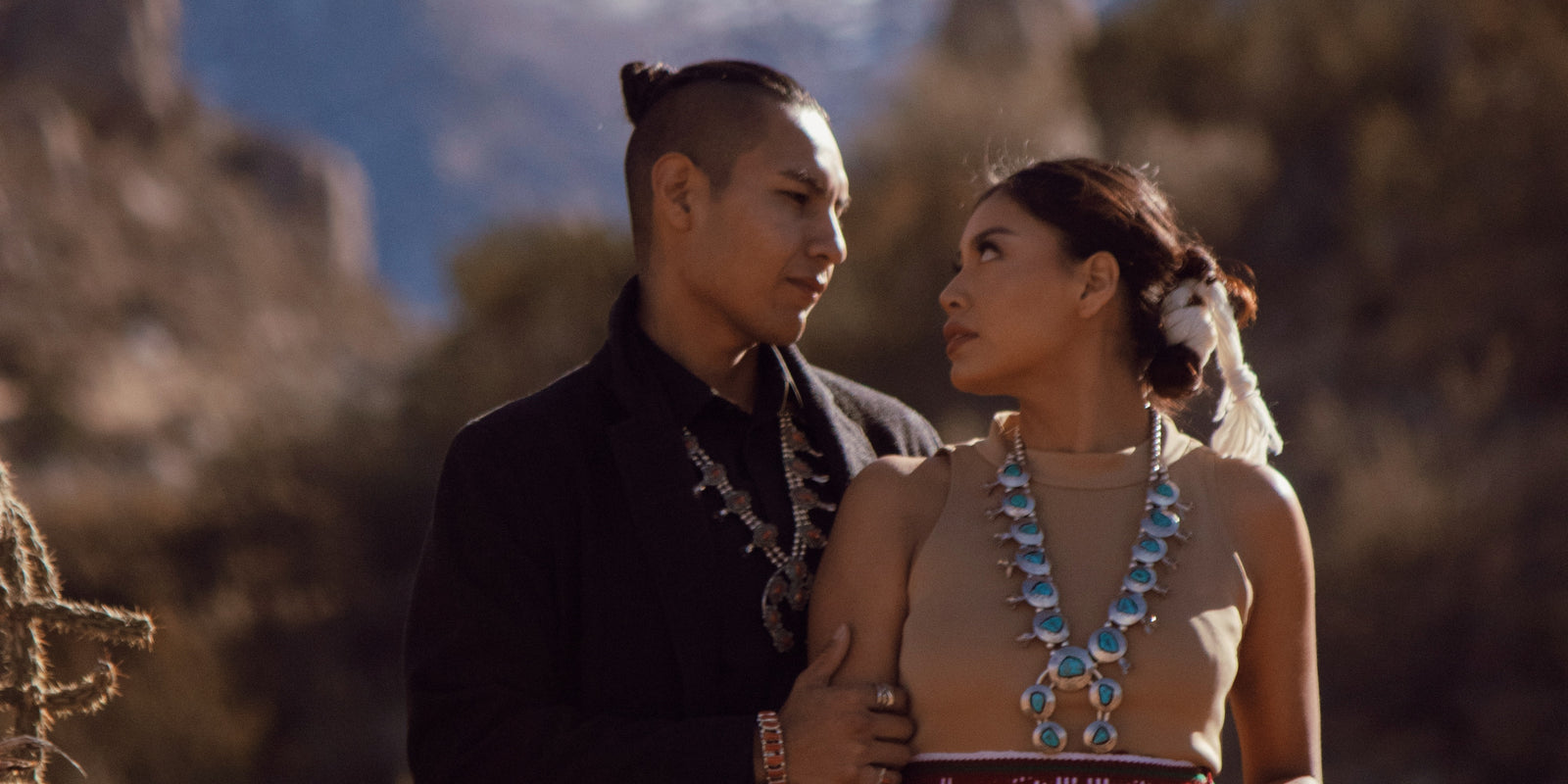A Brief History of Indigenous People’s Day

Writing history can often mean righting the story told for many years. Such is the purpose behind Indigenous Peoples Day. It was meant to provide a more accurate lens through which to see the history of the Americas and the interactions of colonialism, oppression, and the genocide of Indigenous people throughout that history. It is also meant to create a greater understanding of the living cultures expressed by indigenous people today across the United States.
When was the need for a new holiday first expressed?
In 1977, the United Nations sponsored a conference in Switzerland which focused on the historical and ongoing discrimination of indigenous peoples. The seeds planted during this time would be influenced by the second conference in 1990 in Ecuador, titled “Five Hundred Years of Indian Resistance.” From these meetings would come the belief that the story of history needed to be changed to more accurately represented. Specifically, the interactions of colonizers with indigenous groups.
When was the first Indigenous People’s Day Celebration?
Columbus Day became the focal point of this change. On the 500th anniversary of the arrival of Christopher Columbus on the shores of the place later named America, the city of Berkeley, California determined there needed to be a counter-celebration which highlighted the diverse cultures Columbus found on his arrival. And which expressed the truth about the Italian explorer’s actions and those of the colonizers who followed him here.
This new celebration became a counterpoint to Columbus Day. Indigenous Peoples Day changed “a celebration of colonialism into an opportunity to reveal historical truths about the genocide and oppression of indigenous peoples in the Americas.” The day became an opportunity to highlight the almost complete erasure of the story of Native Americans from the history books found in public schools. The contributions and the oppression of Native peoples have long been ignored in the telling of the history of the United States or has been relegated to a footnote about Thanksgiving. Those creating the new holiday sought to remedy this by highlighting the diverse cultures and significant contributions of Native people in this country.
What are the benefits to the community?
Focusing on education offers a chance to tell the story of Native people today as well. Many people don’t understand that Native culture is not only a part of our history but also an ongoing part of the modern world. Native people in the US are living people who continue to practice their traditional culture today. Indigenous Peoples Day helps bring these ongoing communities to light.
In New Mexico, Albuquerque began the annual celebration of Indigenous Peoples Day in 2015, setting it on the second Monday in October. Santa Fe followed in 2016, passing a resolution which set aside that day to “remember, honor and uphold our valued Native American neighbors from the 23 Tribes, Nations and Pueblos in New Mexico. Our urban Indian citizens and all of the wonderful Native American arts, culture and educational institutions that give Santa Fe such a strong sense of place and make it one of the most popular travel destinations in the world.”










